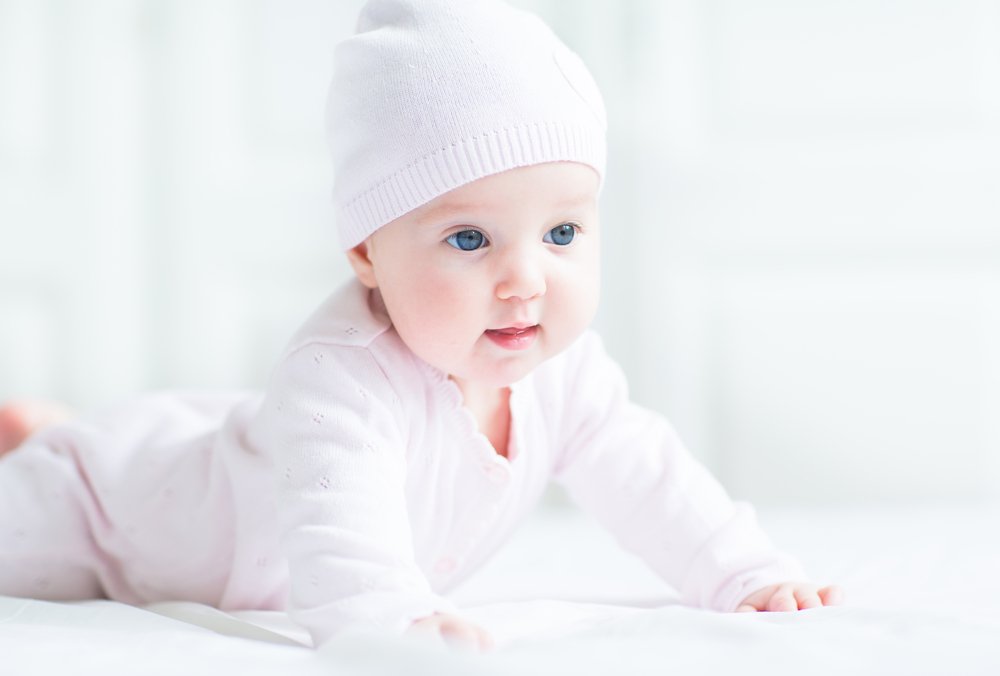Key Points:
- Babies can’t adjust their temperature like adults can and need our help to keep at a safe and comfortable temperature.
- Checking the neck, back, or chest is more effective than checking hands and feet to determine a baby’s temperature.
- Indicators of a baby being too warm include flushed cheeks and sweating, while being too cold can cause them to feel less active.
- To keep a baby at a comfortable temperature, dress them in one additional layer of clothing than what you are wearing, keep their room temperature at 68-72 degrees Fahrenheit, and avoid covering them excessively with loose blankets or sheets when sleeping to prevent the risk of SIDS.
Babies are tiny and they can’t keep warm as easily as an adult. Keep reading to learn what is the normal temperature for a baby and how to dress them to keep them comfortable.
Keep a normal temperature for your baby
Generally, your little one will be at a comfortable temperature wearing one additional layer of clothing that you have on. However, every baby is different. Therefore, it’s important to check if your child is comfortable: touch their neck, back, or chest to do so. Babies can’t adjust their temperature like adults do, so they need our help to keep themselves warm or at a safe temperature.
Indicators of a baby’s temperature
It’s important to note that checking your little one’s temperature by touching their hands and feet is not a good indicator of their body temperature. Since their circulatory system is still developing, blood circulates more in the central organs than in the extremities. That’s why they feel colder than the rest of the body.
Babies can have flushed cheeks and look like they are sweating if they are too warm, and seem less active if they are too cold. If you notice your baby is sweating or their skin feels hot, remove a layer of clothing. Check their temperature a few minutes later to see if they are cooler. On the other hand, if you feel your baby is cold when you touch them, add a layer of clothing. It’s best to dress your little one with more thin layers than very thick clothes. Not only is it more comfortable, it also helps to maintain their body heat isolated!
Checking for the normal temperature for your baby is very important because getting too hot or cold might put them at risk.
Here are a few tips:
- If you go out, take a few changes and extra layers with you. It’s also a good idea to travel with a blanket so that if the temperature drops or you are in a very cold air-conditioned place, you can cover your baby.
- Try to keep the temperature in their room at 68-72 degrees Fahrenheit (20-22º C). This might seem too cold, but according to pediatricians, this temperature protects the skin and respiratory tract. Temperature recommendations may vary, so it’s good to check with your doctor as they may have a different opinion.
- It is also important that air conditioning isn’t directed at your baby.
- Don’t cover your little one excessively when they sleep at night. Dress them in pajamas that cover their arms and feet, and avoid using loose blankets or loose sheets on the mattress. They can overheat your baby or block their breathing, putting them at risk for Sudden Infant Death Syndrome (SIDS).








